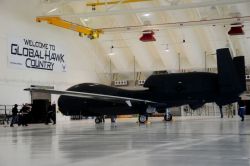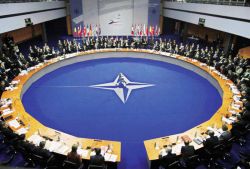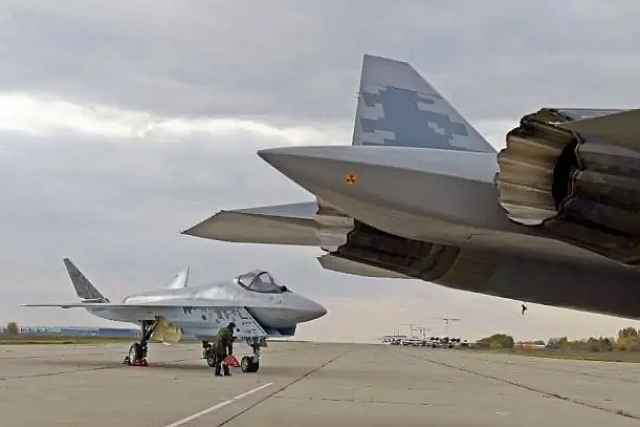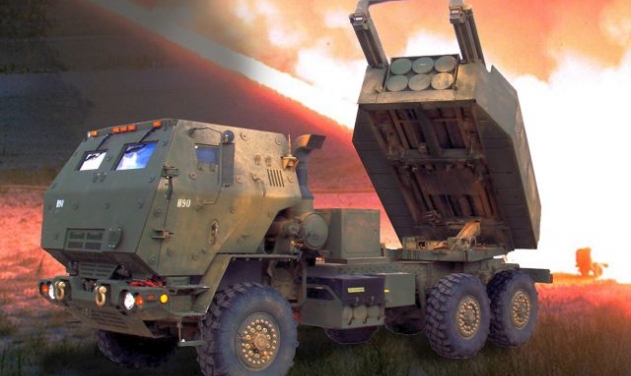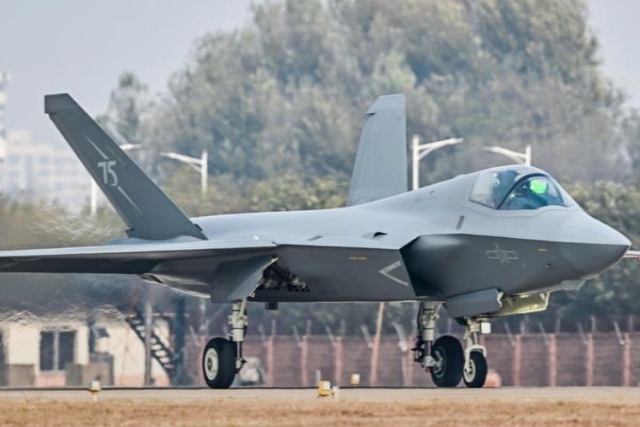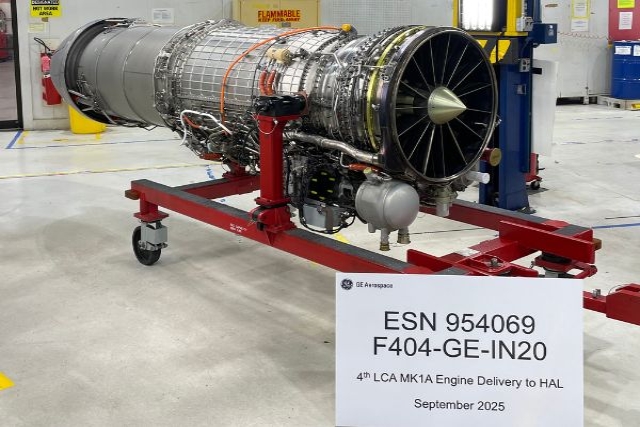Global Hawk Joins NATO Joint Intelligence, Surveillance and Reconnaissance Exercise
Global Hawk took part in Unified Vision 2014 (UV14), NATO's largest trial of Joint Intelligence, Surveillance and Reconnaissance (JISR) capability.
Northrop Grumman is the prime contractor for the NATO Alliance Ground Surveillance (AGS) system, a derivative of the Global Hawk. The Global Hawk used in the trial is currently stationed at Sigonella Air Base, Sicily, Italy which will serve as the main operating base (MOB) for NATO AGS.
UV14 will help NATO prepare for the introduction of its future AGS capability and to enhance data sharing with other ISR systems provided by nations.
"This exercise demonstrated the role unmanned systems can play in helping NATO conduct its future ISR operations," said Jim Edge, General Manager, NATO Alliance Ground Surveillance Management Agency (NAGSMA).
The JISR is aimed at demonstrating and evaluating the Alliance's ability to coordinate and deploy crucial Allied ISR systems.
During the 10-day trial, U.S. European Command, in coordination with NATO flew the unmanned aerial system (UAS), Block 30 Global Hawk, in three successful full-day sorties from Orland Main Air Station, Norway. Satellites, aircrafts, UAVs, naval vessels, ground sensors from 18 NATO countries were also part of the trail exercise.
Northrop Grumman and its European industry team also supported the Joint Force Commander with daily high-resolution simulations of NATO AGS and daily live data surveillance products from interoperable systems.
Enhancing NATO's JISR capabilities is a major theme that will be highlighted at the NATO Summit in Wales in September. NATO AGS includes European-sourced ground assets that will support commanders of deployed forces. Mobile and Transportable Ground Stations will provide an interface between the AGS core system and interoperable NATO and national command, control, intelligence, surveillance and reconnaissance systems.
NATO is acquiring the system with 15 nations participating, including: Bulgaria, Czech Republic, Denmark, Estonia, Germany, Italy, Latvia, Lithuania, Luxembourg, Norway, Poland, Romania, Slovakia, Slovenia and the United States.
NATO AGS will be able fly at 60,000 feet for more than 30 hours, making the system uniquely suited to NATO's global needs. Global Hawk platforms have logged more than 115,000 flight hours and have supported operations in Iraq, Afghanistan, Libya and Nigeria.
The system has also collected weather data in support of scientific missions and participated in humanitarian relief efforts after the devastating natural disasters in Haiti, Japan and the Philippines.
